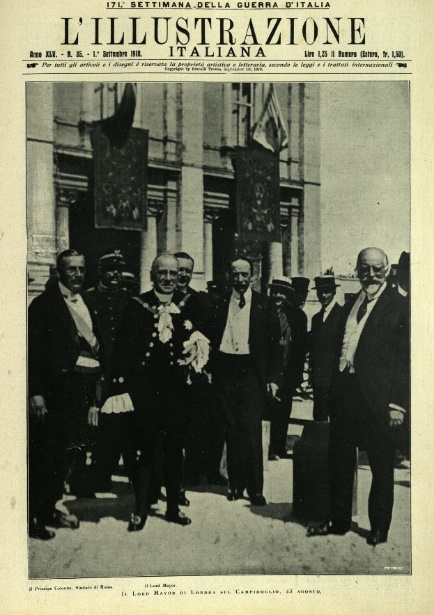Shaping early twentieth century Rome: the AACAR and the contributions of Filippo Galassi and Gustavo Giovannoni
Francesca Romana Stabile

Abstract
The building of Rome, the new capital of Italy from the 1870s onwards, brought to the foreground the European debate between transformation and conservation. The development of the modern city and its relationship with the ancient historic core marked the Italian cultural scene at the turn of 19th century. Respect for the historical environment was the reference point for the work of numerous technical and artistic associations, which were engaged in the urban transformations of the capital and impacted both on the city’s development and wider national debates. Among these, this paper focuses on the Associazione Artistica fra i Cultori di Architettura (AACAR), founded in 1890. The AACAR assumed a central role in the study, protection and design of the city, introducing the practice of building thinning and research into new urban and architectural models for the city’s expansion. As influential members of the AACAR, the figures of Filippo Galassi and Gustavo Giovannoni stand out. Through their manifold cultural and institutional activities, their approach to artistic city building influenced the principles of urban and architectural design in the 1910s and 1920s, leaving a long-lasting legacy on Italian urban design.
Stabile, F.R. “Shaping early twentieth century Rome: the AACAR and the contributions of Filippo Galassi and Gustavo Giovannoni.” Planning Perspectives 37, no. 3 (2022): 551-581. Published online: 10 Mar 2022. https://doi.org/10.1080/02665433.2022.2042840

